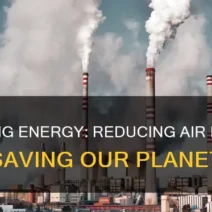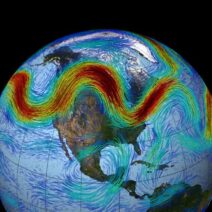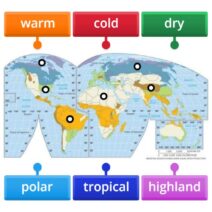Artificial intelligence (AI) has quietly crept into the very fabric of our existence, akin to a double-edged sword, holding the potential for unparalleled innovation while simultaneously posing significant risks to our planet. In the quest for progress, the technology we often celebrate as the solution to many of the world’s problems is entangled in a complex web of contradictions. The question arises: is AI an environmental ally, or is it unwittingly stoking the fires of global warming?
To understand this conundrum, one must first consider the immense computational power that underpins AI. Training advanced models requires staggering amounts of data and, more crucially, energy. For instance, the process of training a single AI model can emit as much carbon as five cars over their entire lifetimes. This realization is akin to discovering that a seemingly innocuous gas in one’s home is actually a noxious fume lurking beneath the surface, gradually poisoning the very air we breathe.
This environmental impact is not just a mere footnote in discussions about AI but a central element that demands scrutiny. The energy consumption associated with data centers, which house the servers necessary for AI computation, is astronomical. These facilities consume about 1% of the world’s electricity, a figure that continues to climb as the demand for AI intensifies. The metaphor of a burgeoning giant comes to mind, rampaging through the landscape—capable of both construction and destruction.
However, it is essential to note that the electricity drawn by AI is not generated in a vacuum. A significant proportion of this energy derives from fossil fuels, which pollute our atmosphere and accelerate climate change. This vicious cycle raises profound ethical questions. As we leverage AI to devise climate models, optimize energy usage, or even innovate environmentally friendly technologies, we must confront the paradox that the very tools designed to mitigate environmental degradation might contribute to its acceleration.
The stakes become even higher when we consider the pace of technological advancement. Newer AI models tend to necessitate even greater computational power, leading to an insatiable appetite for energy. It is akin to a wildfire that consumes everything in its path, leaving a scorched earth in what may have once been a flourishing ecosystem. Each iteration of AI seems to require a deeper well of resources, challenging the very principles of sustainability we seek to uphold.
Nevertheless, it would be remiss to dismiss AI as solely a harbinger of environmental doom. Infinitely versatile, AI harbors the potential to serve as a catalyst for climate solutions. Imagine a ship navigating stormy seas; while the waves may threaten to engulf it, the ship’s captain—armed with a navigational chart—can harness the power of technology to steer it clear of disaster. AI applications are already in the works that leverage algorithms to predict climate change impacts, optimize renewable energy grids, and enhance energy efficiency in buildings. In essence, AI could provide the necessary tools to chart a course toward a sustainable future.
In agriculture, for instance, precision farming enabled by AI is revolutionizing how we grow food, drastically reducing water usage and minimizing pesticide application while maximizing crop yields. Such innovations demonstrate AI’s potential to harmonize with the environment, almost like a symbiotic relationship in an ecosystem where both parties thrive. Yet, this harmonious coexistence hinges on our ability to transform our approach to AI deployment and its sustainable integration into our broader societal goals.
This dilemma of AI’s dual nature raises significant policy implications. Regulatory frameworks are paramount to ensuring that AI development aligns seamlessly with climate goals. Governments around the globe must engage in a careful balancing act—not stifling innovation but ensuring that this innovation is sustainable. The metaphor of a tightrope walker comes to mind, requiring skill and balance to avoid the pitfalls of ecological imbalance while pursuing technological advancement.
Moreover, stakeholders must prioritize environmental stewardship when designing AI systems. This can be achieved through the implementation of energy-efficient algorithms, development of green data centers, and investing in renewable energy sources to power these facilities. Just as a garden thrives when tended to with care, so too can AI flourish when nurtured with a mindfulness toward sustainability.
The tidal wave of AI’s potential also brings to light the importance of transparency and accountability within the sector. As AI systems become increasingly complex, understanding the carbon footprint associated with their use insists upon a features-by-feature breakdown, much like dissecting a mechanism to discover its inner workings. Ensuring traceability will allow consumers and businesses alike to make informed decisions about the technologies they embrace.
As we stand at this crossroads, the critical dialogue surrounding AI’s role in climate change must continue to evolve. The urgency of our climate crisis necessitates an unwavering commitment to integrating ecological principles into the development and deployment of AI. The choices we make today will echo through generations to come.
Ultimately, the tale of AI and climate change is not merely a narrative of conflict between progress and environmental integrity; it is a story of coexistence. Navigating this realm will require innovative thought and ethical responsibility, propelling us towards a future where AI and humanity can foster a new equilibrium with our planet. The future of AI does not have to be a harbinger of doom; it can also be the beacon of hope illuminating the path toward sustainability and resilience.








